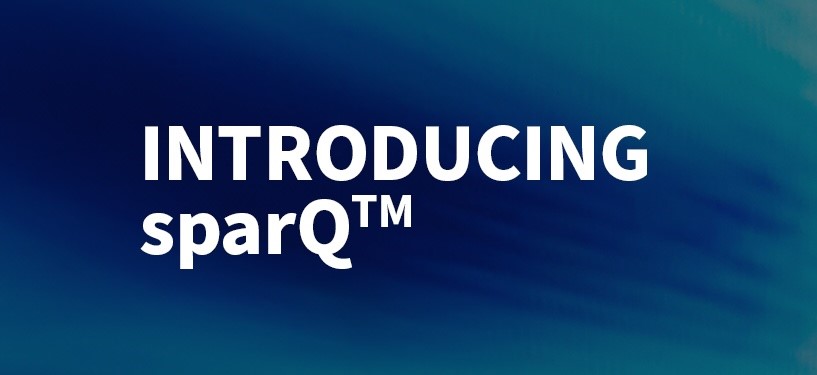Let’s be honest, career websites are often… an afterthought at best. We know that many industries are facing significant economic fluctuations, but the truth is this… you should always be engaged in the hiring journey, even when you don’t have any live job postings.
A strong career website (or section of your larger website) is important to your business’ long-term success. In this article, we’ll explain their value, how strategy can be applied to the process, and the elements and mechanisms that make them perform.
The Value of a Career Website
Project your culture
There’s no better way to showcase your company’s culture than to place it alongside your job listings. Potential hires want to see what their life could look like working for you and your team members are your best asset.
Transparency
Explaining the full story of your company (and why someone would want to work there) up front will increase trust in potential applicants. Also, putting benefits, culture, pay rates, and employee success stories at center stage means that people can make informed decisions about their careers.
Return researchers
Ideally, your career website should endeavor to be a place that people return to when you are hiring. If you sell your employer brand well, it will be worth bookmarking or setting up job alerts for, which will decrease the need for paid postings.
Confidence
Hiding your careers section means one of the following:
- Talent acquisition isn’t a company priority.
- You don’t hire often and are not scaling up anytime soon.
- You don’t feel confident in your offerings.
Point two is the most important because if there is no potential for scalability, it means you aren’t in a growth phase. Companies that aren’t at least slightly interested in expanding or maintaining their workforce could be seen as vulnerable to downsizing, mergers, or even… closing. Showing confidence in your company’s longevity is simple. Maintain your careers experience.
Pro-tip: Even if you don’t have open positions, you could consider hosting a talent community or providing an email address where people could apply for their “dream position.” That will put you in an enviable spot when you do hire and might spark an idea for a role you hadn’t even thought of yet!
Education
Explaining the types of roles you have at your company is particularly helpful if you have an ongoing need for niche talent.
For example, if you tend to hire for a role that isn’t commonly understood in the wider world, you have a distinct opportunity to educate your audience. As many recruitment professionals know, transferrable skills can help candidates transition into new industries. Leaving content up to help people with said skills can be a win for you and for them as it can increase your pool of applicants.
A strategic approach to job seeker journeys
When considering the journey that a job seeker takes to find and apply for a role at your company, it’s important to understand where different types start from, and where they’re intending to go. You may be speaking to audiences with a variety of backgrounds.
Are they just out of school and embarking on a journey seeking an entry level role for the first time? Are they highly-experienced professionals seeking a new opportunity to lead a team, or eventually aiming for the c-suite? Have they been out of the workforce for a period of time and are looking at roles with serious intention? Or, are they looking at new opportunities passively?
By understanding where they’re coming from, and where they want to go, you’ll be able to map each step along their journey. Generally each job seeker’s journey can be broken down into stages:
- Awareness – They become aware of your organization as an opportunity for them.
- Consideration – They consider things like the values, the industry, and available roles.
- Interest – The information available has checked enough boxes for them to have a genuine interest in the organization.
- Application – They have found an available role or have joined your talent community so that they can be made aware of future roles.
- Engagement – They start to more actively engage with employees at your company though the interview process, or by networking.
By mapping the journey your team gets a visual understanding of each step different job seekers are taking and what information or content they’re looking for each step of the way. Ultimately surfacing the right content at the right step in each job seeker’s journey will help to reduce friction in the job seeking process, and can help your company stand out among others in a competitive job market.
Once you understand your job seeker personas and what they find helpful, you can then begin building your careers website intentionally.
Elements & mechanisms in a strong career website
Job alerts – A job alerts function means that engaged professionals who are deeply invested in your specific company can access new postings first.
Integrated listings – We understand that many companies utilize applicant tracking systems that aren’t a native part of their website, but in a perfect world, they should be integrated. Showing an iframe looks quite strange and can detract from the job seeker experience.
Benchmark: Crunchyroll does an excellent job of making their Greenhouse.io career listings look seamless.
Benefits & compensation – Being upfront about your company’s specific benefits and compensation will help job seekers make a smart choice and will mean that you won’t waste time interviewing someone who can’t afford to take a role that pays within a certain range or doesn’t offer a necessary benefit.
Benchmark: Zenefits is great at highlighting their benefits.
Updates – This isn’t a tangible item, but the best career websites are updated regularly so that the experience stays fresh for users.
Clear expectations – Whether you lead with a few sentences about the site or you choose to show job seekers visually what they can expect from their experience, it’s important to do so. You want them know right off the bat that they will find value from their time on your career website.
Employee success stories – All career websites should includes employee success stories. Those testimonials are the major sell to other talent and will show that you are authentic.
Company life – What does a day at your company look and feel like? Are there bonding events? What’s the office experience? Providing a full picture of those things is incredibly attractive to job seekers.
Clean, bold design – Intentional design that reflects your brand and gets your message across is the way to go (this is important for all websites, but also for career websites).
Real images & videos – People have been over stock photography for… well, forever. We understand that some larger websites need to leverage it, but when it comes to career websites, it’s important to show the people who actually work for you if you want to be successful in the battle for top talent.
Benchmark: Pivot is worth emulating when it comes to using people-centric, real content.
A clear company description – Who are you? What do you do? Why should a job seeker work want to work for you? Now is the time to make that obvious (please note, this should also be reflected in your job descriptions).
Benchmark: Square does this REALLY well.
Tailored experiences – Providing tailored content means that you are invested in your job seekers and care about them specifically. For example some sites will ask initially if the job seeker is in the US or elsewhere and provide different content that is more dialed in.
Branded – Your career website should tie into your larger site seamlessly, but shouldn’t be a carbon copy.
Imarc’s deep knowledge of web design best practices and strategy means that we can give your career website the care and attention it deserves. If you’re looking to build a top site that supports your company goals, let’s talk.



